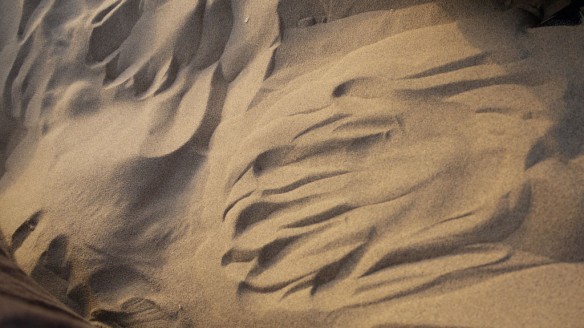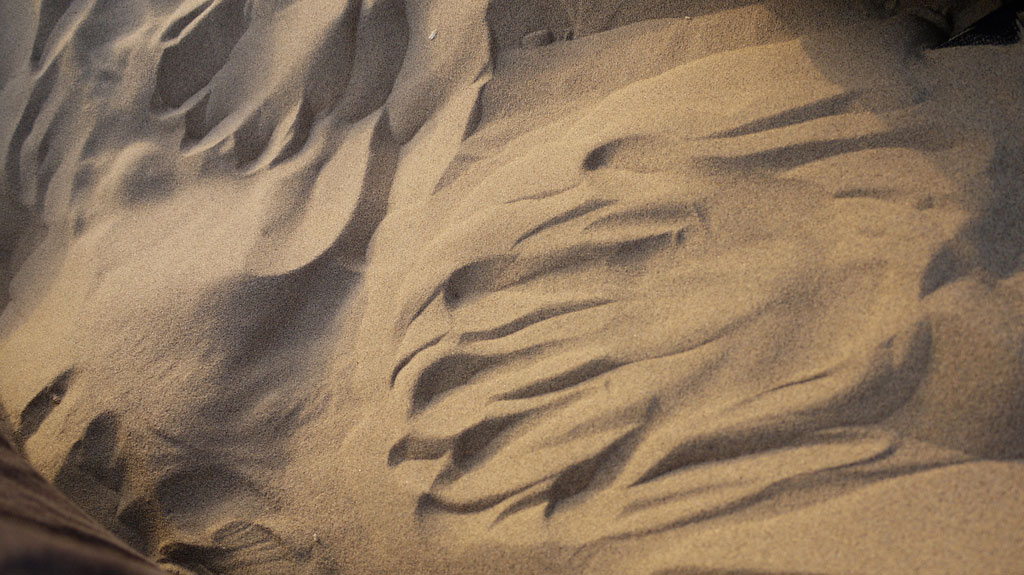
Photo source: ©© Ivan Lian
By EPA;
People take certain precautions when they go to the beach. They apply sunscreen to avoid sunburn and stay away from big waves if they are not strong swimmers. But they do not usually worry about getting sick from digging or playing in the sand.
Unfortunately, beach sand could harbor even more harmful bacteria than nearby bathing waters. EPA researchers and their counterparts at the University of North Carolina at Chapel Hill and Johns Hopkins University observed a positive relationship between sand exposure and gastrointestinal (GI) illnesses as a function of fecal microbial pollution in beach sand.
The study was published in the January 2012 issue of Epidemiology.
In one of the first studies to show this association, the researchers analyzed 144 wet sand samples collected from Fairhope Municipal Park Beach in Fairhope, AL, and Goddard Memorial State Park Beach in Warwick, RI. Both beaches are located less than 2 miles from a publicly owned waste treatment-works outfall. The researchers then tested the samples for bacterial indicators of fecal contamination, namely, Enterococcus, Bacteroidales, fecal Bacteroides, and Clostridium, as well as a viral indicator called F+ caliphate.
The researchers also asked 4,999 people who visited these beaches about their contact with beach sand and their swimming behaviors and other beach activities. Approximately 2 weeks later, they called the participants and asked them about any diarrhea, vomiting, nausea, and/or stomach ache that they and other members of their household may have experienced. Too, they asked about activities that might have taken place since the initial interview, such as going back to same beach, swimming in a pool, or eating raw or undercooked foods.
They found that, compared with beachgoers who did not dig in the sand, the adjusted odds ratio (OR) of illness among those who dug in the sand with the highest Enterococcus levels was 2.0 for GI illnesses and 2.4 for diarrhea (considered as a separate outcome). An OR of 1 implies that the event is equally likely to occur in both groups, and an OR of greater than 1 implies that the event is more likely to occur in the first group (those who dug in the sand).
The researchers also observed positive associations between Bacteroidales and diarrhea among those who reported digging in the sand and being buried in the sand. For Bacteroidales and other fecal indicators, being buried in the sand generally showed a somewhat stronger association with GI illness and diarrhea than did just digging in the sand.
The researchers noted that it is possible that the associations between sand contact and GI illness reflect exposure to contaminated water as well as sand. Teasing apart these effects is challenging because the study showed that very few people who played in sand had no recreational water contact. Eighty-one percent of swimmers versus 19% of nonswimmers reported digging in the sand, whereas 89% of swimmers versus 11% of nonswimmers reported being buried in it.
“We have known for some time that swimming in fecally contaminated water is a risk factor for gastrointestinal symptoms, but this is the first analysis to link these symptoms to measures of fecal contamination in sand,” said EPA Environmental Public Health Division (EPHD) Epidemiology Branch Chief Timothy Wade Ph.D., senior author of the study. “The symptoms we observed are usually mild and should not deter people from enjoying the beach, but they should consider washing their hands or using a hand sanitizer after playing in the sand or water.”
The study was led by EPA then predoctoral trainee Christopher Heaney, Ph.D., now an Assistant Professor of Environmental Health Sciences and Epidemiology at the Johns Hopkins Bloomberg School of Public Health. Other EPA researchers who participated in the study include EPHD health scientist and epidemiologist Elizabeth Sams, MSHSA, and Alfred Dufour of the National Exposure Research Laboratory in Cincinnati.









